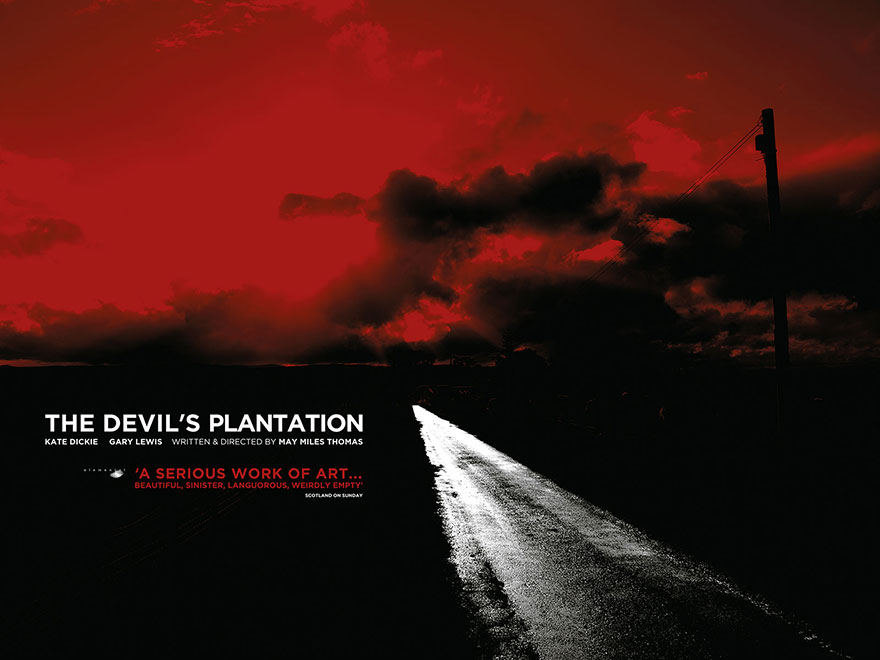When my mother-in-law, Erica Thomas, died in 2004 she left behind a lifetime's worth of 'stuff', yet little of what she possessed showed who she truly was. What began as a familial duty morphed into obsession as I sifted through her belongings, piecing together fragments to create a portrait of a woman's life far removed from my own experience.
One particular object stopped me in my tracks – a cellophane bag containing four old lipsticks and a plaintive handwritten note that read:
I have no idea when I stopped using lipstick
Tantalising clues found in photographs, letters and family films revealed a very different Erica from the retiring ex-academic I came to know. As a child refugee fleeing Hungary on the eve of war, she was traumatised by family conflicts, separation from her beloved father and the great events of the 20th century.
At her funeral, a very private affair, I had wondered: who would tell Erica's story? From the outside her life appeared ordinary, destined to pass unremarked. Yet, when seen from inside, her experience was extraordinary. In the years following, Voyageuse became my passion project, made from little but scraps of paper, fading pictures and memories.

...







